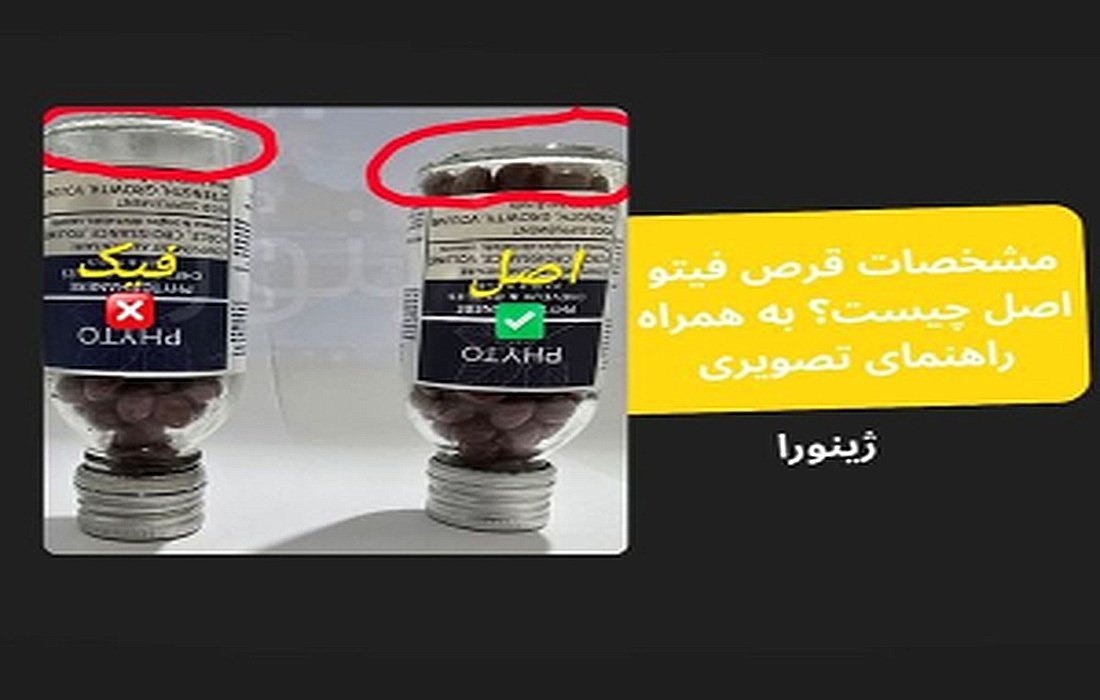Negative CaloriesWhat are they?
Most people know that when trying to lose or gain weight, they need to consider their calorie intake. Calories are the energy stored in foods or in the body’s tissues. Therefore, common advice revolves aroundweight lossfocusing on consuming fewer calories or burning stored calories through physical activity.

Some foods are popular in diets because they apparently have “negative calories,” meaning by eating them, you lose calories. In reality, negative calories refer to situations where the energy your body uses to digest and absorb a food exceeds the energy the food provides in your body. In this section offitnessSelMagzmore about low-calorie foods and whether they can help you lose weight. What are foods with negative calories?Foods provide different nutrients needed by the body. The three main groups that supply energy are carbohydrates, fats, and proteins.
The body uses energy to digest and process every food you eat. The amount of energy needed varies depending on the food.
Foods with negative calories are usually foods that require more energy to consume and digest than the energy they provide.
By eating these foods, you can lose weight because your body needs more energy to digest them than the calories they contain.

Common foods:
Foods with negative calories are typically high-water fruits and vegetables.
Some specific examples include:
Celery:
14 calories per cup (100 grams), 95% water
Carrots:
52 calories per cup (130 grams), 88% water

Lettuce:
5 calories per cup (35 grams), 95% water
Broccoli:
31 calories per cup (90 grams), 89% water
Grapefruit:
69 calories per cup (230 grams), 92% water
Tomatoes:
32 calories per cup (180 grams), 94% water
Cucumbers:
8 calories per cup (50 grams), 95% water
Watermelon:
46 calories per cup (150 grams), 91% water

Apples:
53 calories per cup (110 grams), 86% water
Fruits and vegetables like lemons, cabbage, berries, or zucchini are also commonly included in this list.
Calories used in chewing food:
Some people wonder if the energy spent chewing can contribute to negative calories. Research shows that chewing gum increases calorie burning in the body by about 11 calories per hour. So, as stated on SelMagz, the energy used over several minutes of chewing can be considered.Celeryor some foods are probably very low and relatively insignificant.

Calories used for digestion:
While it is true that the body uses calories to process foods, the amount of calories burned is less than the calories in the food. In fact, the energy your body uses to processfoodsis usually estimated as a percentage of the calories consumed, with separate estimates for carbohydrates, fats, and proteins.
For example, about 5-10% of the calories from carbohydrate-rich foods, 0-5% from fats, and 20-30% from proteins are used in digestion.
Most foods with negative calories mainly consist of water and carbohydrates, with low fat or protein content.
It seems unlikely that the energy used to digest these foods is significantly higher than that of other carbohydrate-rich foods.

Which foods are calorie-free?
Similar to foods with negative calories, calorie-free foods like cold water often boost metabolism. Some research shows that drinking cold water increases metabolism similarly to chewing.







